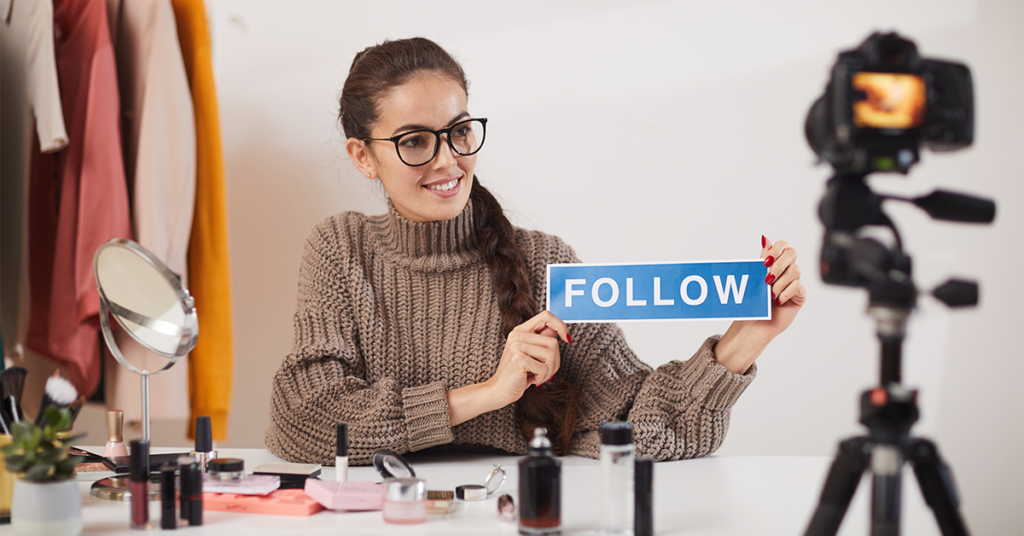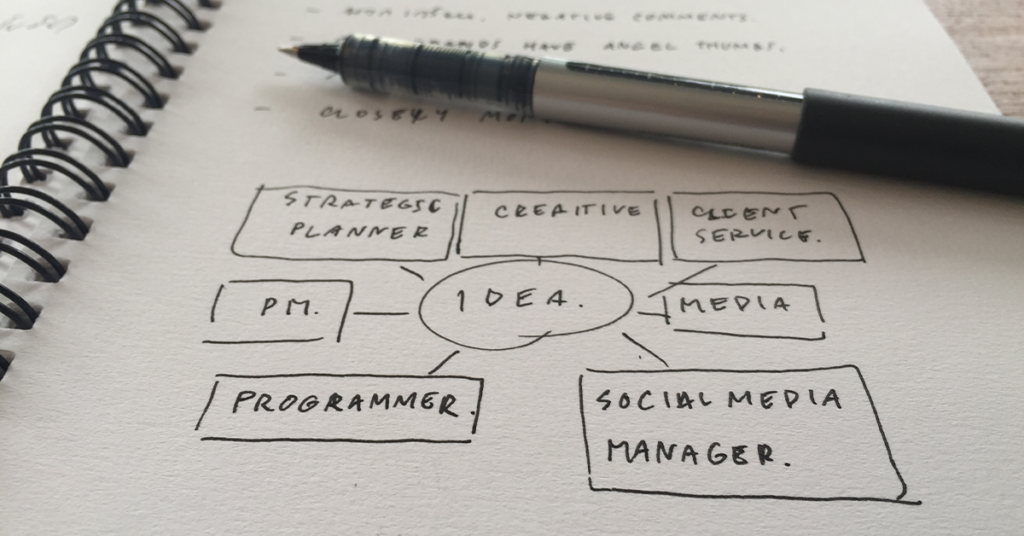By Maria Harrison & Jonathan Schwartz
Influencer marketing is a billion-dollar a year industry. While it’s been around for years, many companies underutilize or avoid this valuable marketing strategy. Some are apprehensive about partnering with influencers. For those asking themselves, “what IS influencer marketing?” or “how can that help me?”, we’ve put together an overview with the informative details of influencer marketing and where to begin.
What Is Influencer Marketing?
Influencer marketing is one part celebrity endorsement, one part ambassador program, with word-of-mouth benefits via social media. Influencer campaigns work by teaming your brand with an influencer to promote, share, and create content about your product or service.
Anyone can be an influencer, as long as their opinion has influence over someone’s purchasing decision. Generally, the social media influencers that you would want to use in a marketing campaign will be thought-leaders in their area of expertise with followers you consider part of your target audience.

How Does Influencer Marketing Work?
Just like any marketing campaign you run, it can be as simple or elaborate as you want. On Instagram alone, there are half a million influencers to choose from, each with their own area of expertise. You can find anything from parenting to extreme sports to slime ASMR and everything in-between.
Influencer marketing isn’t limited to Instagram. Most social media platforms have influential users that you can partner with for campaigns.
Why Use Influencer Marketing?
Because influencer marketing works! The results from a 2018 survey from Mediakix shows that marketers saw an average return on investment that was 11 times higher than their ROI seen on Google AdWords.
The influencer industry is also continuously changing. In early 2020 there was a dip in influencer programs across the world due to the COVID-19 outbreak, causing brands to reevaluate campaigns and marketing efforts. By mid-2020, though, social media use was soaring as people were forced to stay home more. This led to higher engagement rates on both unsponsored and sponsored posts published by influencers.
Common Misconceptions About Influencer Marketing
Influencer marketing has gotten a bad reputation in the past few years. That’s why we always suggest teaming up with social media marketing experts to help lighten the load and keep you protected. Here are some of the most significant truths and misconceptions about influencer marketing.

Influencer Fraud
We aren’t going to sugar coat it; influencer fraud is a real thing and you should take it seriously. In 2019, estimates were that fraud cost brands $1.3 billion out of the $8.5 billion companies were projected to spend on influencer campaigns.
With online bots and click-farms, it’s easy for disingenuous influencers to pay for inflated follower accounts and engagement. You can spot some red flags tied to this before working with an influencer. Review their followers to see if they appear to be real people, with posts and legitimate names that look real and appear to be current. Similarly, you can also look at the engagement they are receiving to see if it rings truthful. A majority of generic comments, limited to few non-post-specific words (“love this” and “so cool”) & emojis, is a tell-tale sign of someone paying for engagement.
Checking for all of this on every influencer you’re considering before starting a campaign can take a lot of time and energy on your part. Luckily, agencies that specialize in influencer marketing can help.
That said, though this is a genuine concern, the majority of influencers out there are good people who have worked hard to grow the following that they have today.
Influencers Are “Divas” Who Only Want a Free Product
Influencers are regular people, just like you and me. As a result of being human, they have many different personalities, but being a diva usually isn’t one of them. Influencers have to work hard to grow their following. The best way to do that is by creating and engaging with their community. As a result, most influencers tend to be very down-to-earth.
It is worth noting that most influencers use their following as a way to make a living. They are as protective of their brand as you are of yours.
Influencers Don’t Actually Influence People
Influencers not able to influence their followers is a genuine worry that could very well be true if you don’t do your homework ahead of time. When looking for influencers to work with, make sure you are getting as specific as possible with regard to their focus. These niche influencers might have fewer followers, but they generally have a more invested audience who trusts their opinions.
Mega-Influencers or Bust
There are generally three types of influencers mentioned when discussing social media: mega-influencers, macro-influencers, and micro-influencers. Mega-influencers have over 1 million followers, but they tend only to have an engagement rate of 2%-5% of their audience per post. Macro-influencers have 10,000 to 1 million followers, with a slightly higher engagement rate of 5%-25%. Finally, micro-influencers have 500-10,000 followers and tend to have an impressive 25%-50% engagement rate per post. Though the potential reach of a mega-influencer might look appealing at first, don’t let it distract you. That vanity metric isn’t nearly as useful as those macro and micro-influencer engagement rates. Engagement means their post, and their message is being seen.
I Can’t Afford to Work With Influencers
While that might be true if you expect to work with Kardashian level mega-influencers, there are MANY other quality macro and micro-influencers available. These influencers also often have different pricing depending on your campaign’s ask, their interest in your product or service, the platform you use, your history with them, and other considerations.
Influencer Marketing Can’t Help My B2B Brand
While it’s true that Instagram, Facebook, and Twitter are the first social media platforms you might think of when it comes to influencer marketing, there are other ways influencers can help businesses, including B2B brands.
Guest blog writing, event promotion, online reviews, and partnership programs are just some ways companies like SAP, Video Fruit, and American Express have used influencers for B2B marketing.
How to Incorporate Influencer Marketing in Your Business Plans
It may be unsettling for those uninitiated with influencer marketing when trying to incorporate it into your marketing plan (and budget) for the year. Influencers can be justifiable additions to any marketing plan. Begin with a cost-benefit analysis and serious consideration as to whether it will produce the ROAS needed to make it a profitable addition to the marketing mix.
Define the goals of your campaign. Are you a big brand looking for more orders leading up to the holiday season, or are you a smaller organization trying to grow brand recognition? Setting your goals also allows you to see what type of customers you are trying to target (this will be helpful later when searching for the right influencers for your campaign).
Next, look at which strategies work best for the campaign you are planning. Providing products to an influencer is the most common campaign type. Still, there are also guest-influencer social publishing options, blog takeovers, contests, and offering influencer specific discount codes for their followers (to name a few). At this point, you should also be thinking about your budget. Some influencers may be okay with the product as compensation, but generally, monetary compensation is offered as well.
Once those have been determined, it’s all about finding influencers that would work well for the goal you’ve set, working out the details, and tracking their progress.

Congrats, Now You’re Ready to Tackle Influencer Marketing!
Influencer marketing has shown itself to be an excellent tool for social media marketers. It’s something that every business should seriously consider when looking for new ways to reach additional audiences.
If you are looking for more information about influencer campaigns and how they can help your business, please reach out to us. Our experienced team is ready to help!







